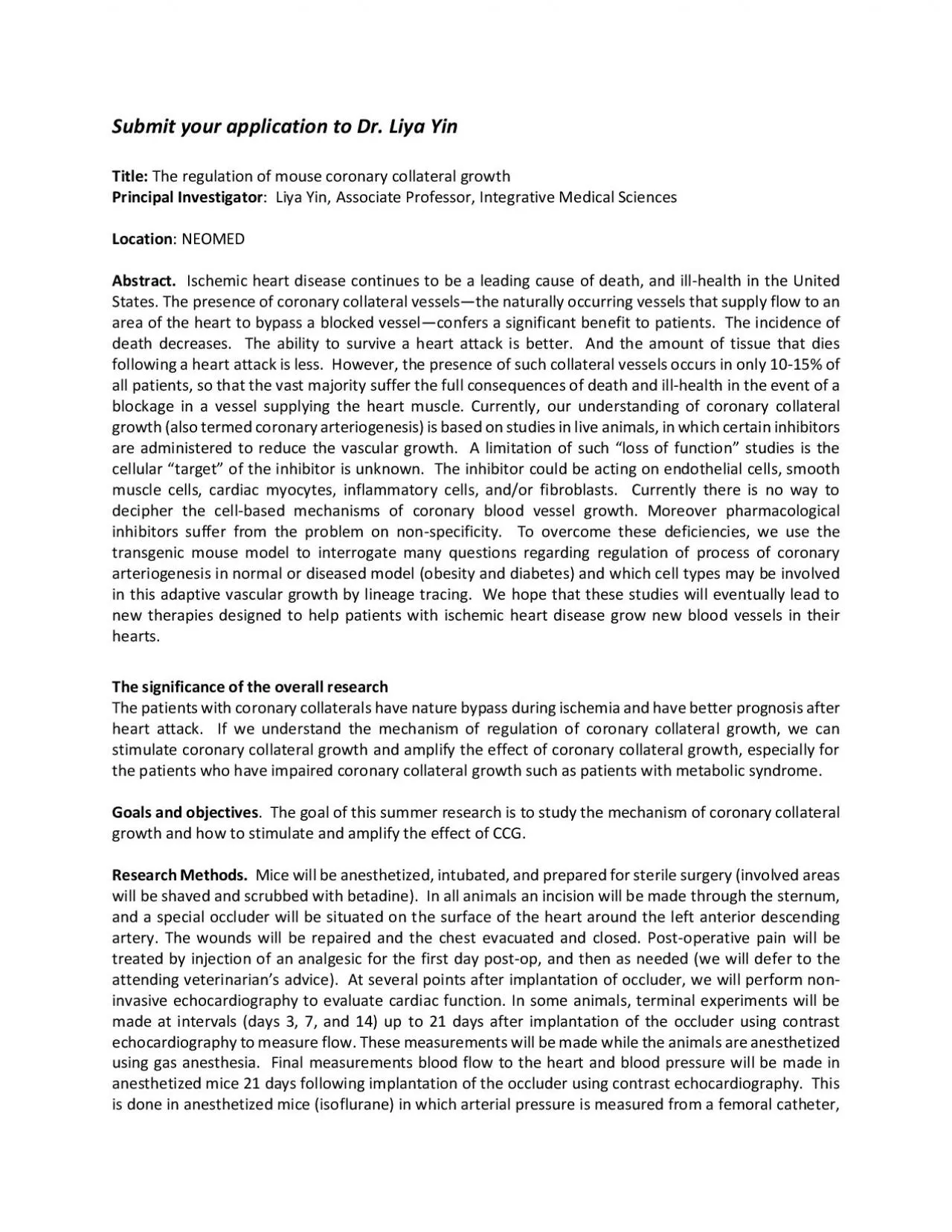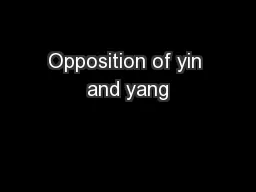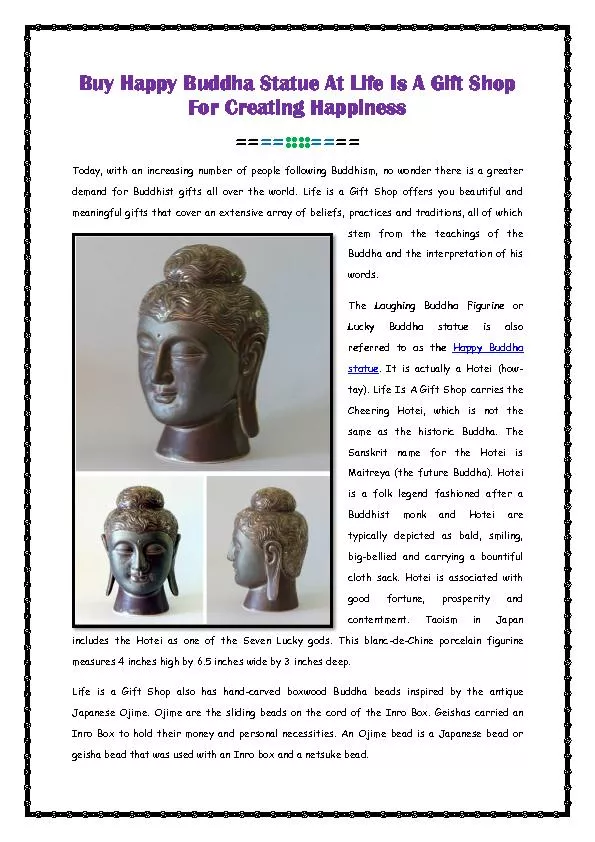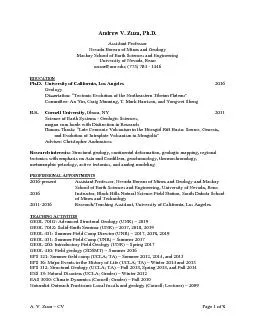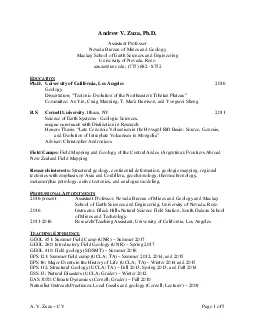PDF-Submit your application to Dr Liya Yin
Author : finley | Published Date : 2021-08-26
Title The regulation of mouse coronary collateral growthPrincipal Investigator Liya Yin Associate Professor Integrative Medical SciencesLocation NEOMEDAbstractIschemic
Presentation Embed Code
Download Presentation
Download Presentation The PPT/PDF document "Submit your application to Dr Liya Yin" is the property of its rightful owner. Permission is granted to download and print the materials on this website for personal, non-commercial use only, and to display it on your personal computer provided you do not modify the materials and that you retain all copyright notices contained in the materials. By downloading content from our website, you accept the terms of this agreement.
Submit your application to Dr Liya Yin: Transcript
Download Rules Of Document
"Submit your application to Dr Liya Yin"The content belongs to its owner. You may download and print it for personal use, without modification, and keep all copyright notices. By downloading, you agree to these terms.
Related Documents

